Environment
-
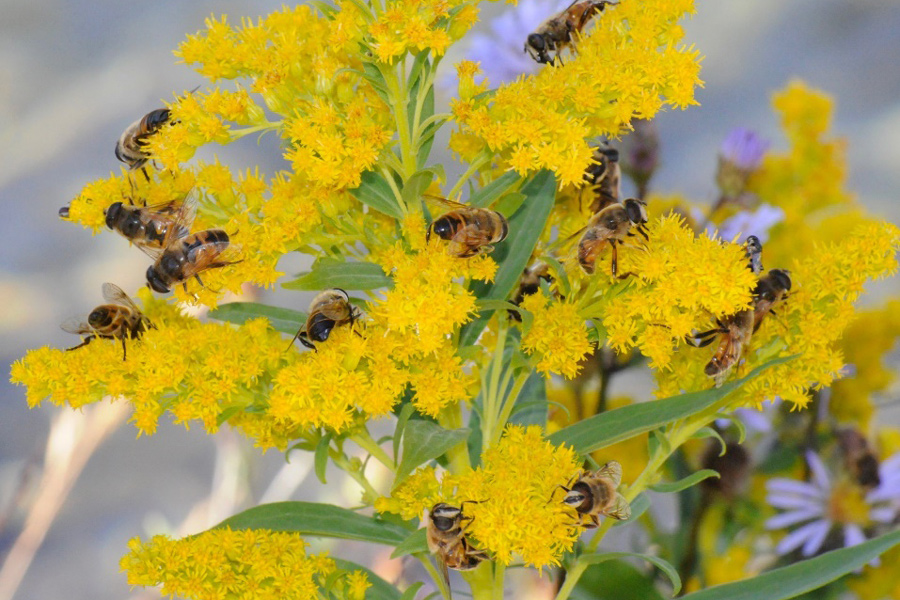
With over 6,000 species world-wide and 812 in the United States and Canada, hover flies (Diptera: Syrphidae), also known as flower flies or syrphid flies, are a highly diverse, common, and charismatic family of insects which provide a broad diversity of ecosystem services including pollination, biological control, and decomposition that benefit humans. Despite this, these insects are largely unnoticed, misidentified, or are misunderstood by many members of the public largely due to their tendency to mimic bees and wasps. The goal of this publication is to alleviate this “hover fly blindness” by informing readers about the importance of these magnificent insects and providing a brief guide to common species found in the southeastern United States, specifically the state of Georgia.
William Snyder and Carl Clem
|
-
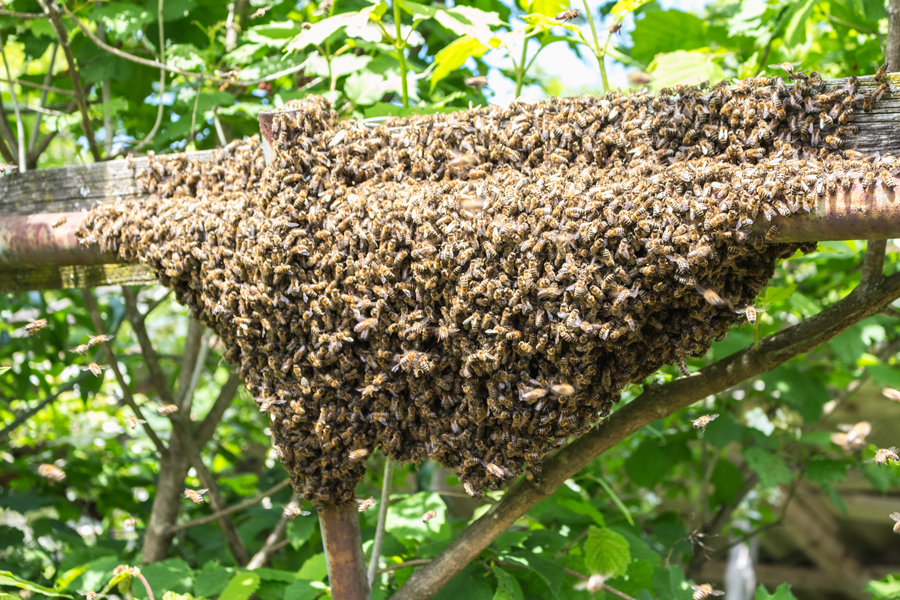
This circular is for property owners who have unwanted honey bee swarms on their lands or colonies nesting inside walls. It explains these natural processes and gives options for dealing with them.
Keith Delaplane
|
-

Storm water is the runoff from land and impervious areas such as paved streets, parking lots and building rooftops during rain events. It often contains pollutants such as nutrients, bacteria, sediment and metals that could adversely affect water quality.
Gary Hawkins
|
-
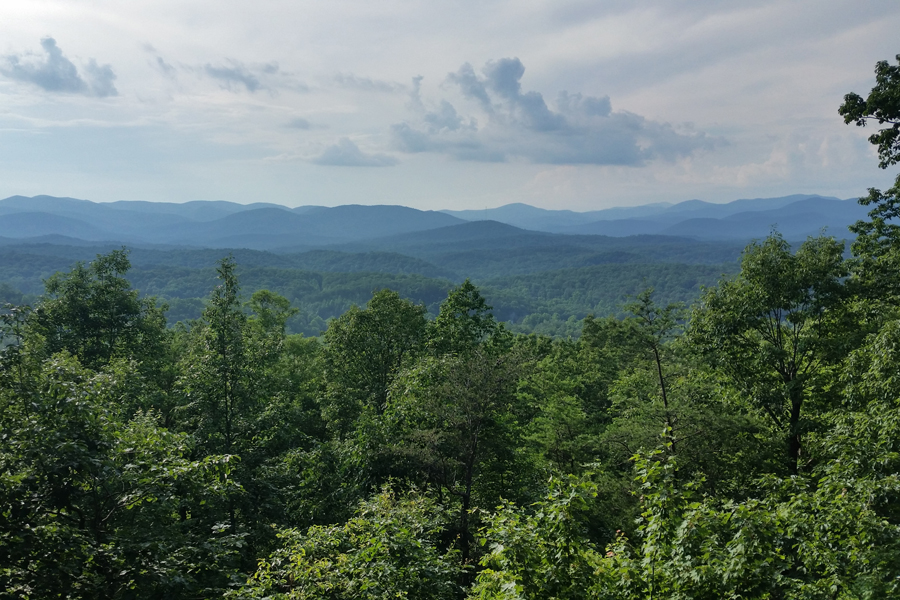
Best Management Practices (BMPs) can be described as management and/or structural practices that are designed to reduce pollutants and erosion while increasing the quality of all life. The BMP concept deals specifically with nonpoint source pollution, such as runoff from agricultural fields, forest areas or urban areas. BMPs are also voluntary in nature. Individual practices and applications can vary widely from field to field. Best management practices are typically used in agricultural areas, and forest and urban settings.
Gary Hawkins and Rebekah Wallace
|
-

Activated carbon, also called activated charcoal, is usually produced from charcoal in granular or powdered form. It is a form of carbon that has been processed (activated) to make it highly porous, with a very large surface area available for physical adsorption or chemical reactions. Among others, water treatment is an important application of activated carbon. Activated carbon filters treat general taste and odor problems, including chlorine residue, various organic chemicals, and the radioactive gas radon. This publication discusses various types of activated carbon water treatment systems, their usefulness and limitations, along with required maintenance.
Gary Hawkins, Pamela Turner, Uttam Saha, and Joel Burnsed
|
-
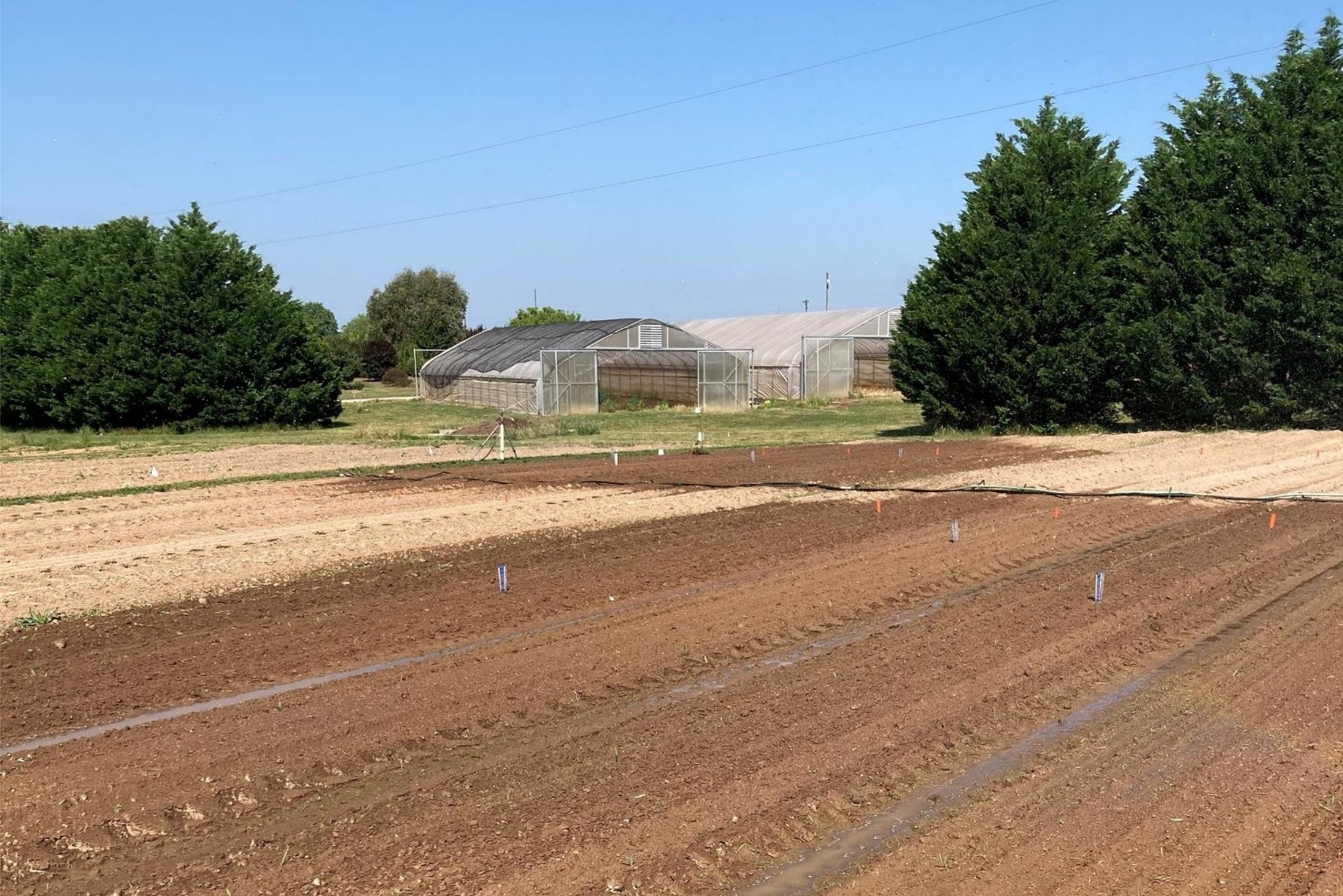
This publication highlights some of the ongoing research into using SSDI in organic vegetable crop production. SSDI facilitates cultivation without harming drip tubing and limits surface soil wetting, which may also reduce weed pressure. Prior research has shown that SSDI offers some advantages over surface-placed drip tubing in conventionally grown crops (Coolong, 2016).
Tim Coolong, Nicholas Basinger, Kate Cassity-Duffey, and Theodore Mcavoy
|
-
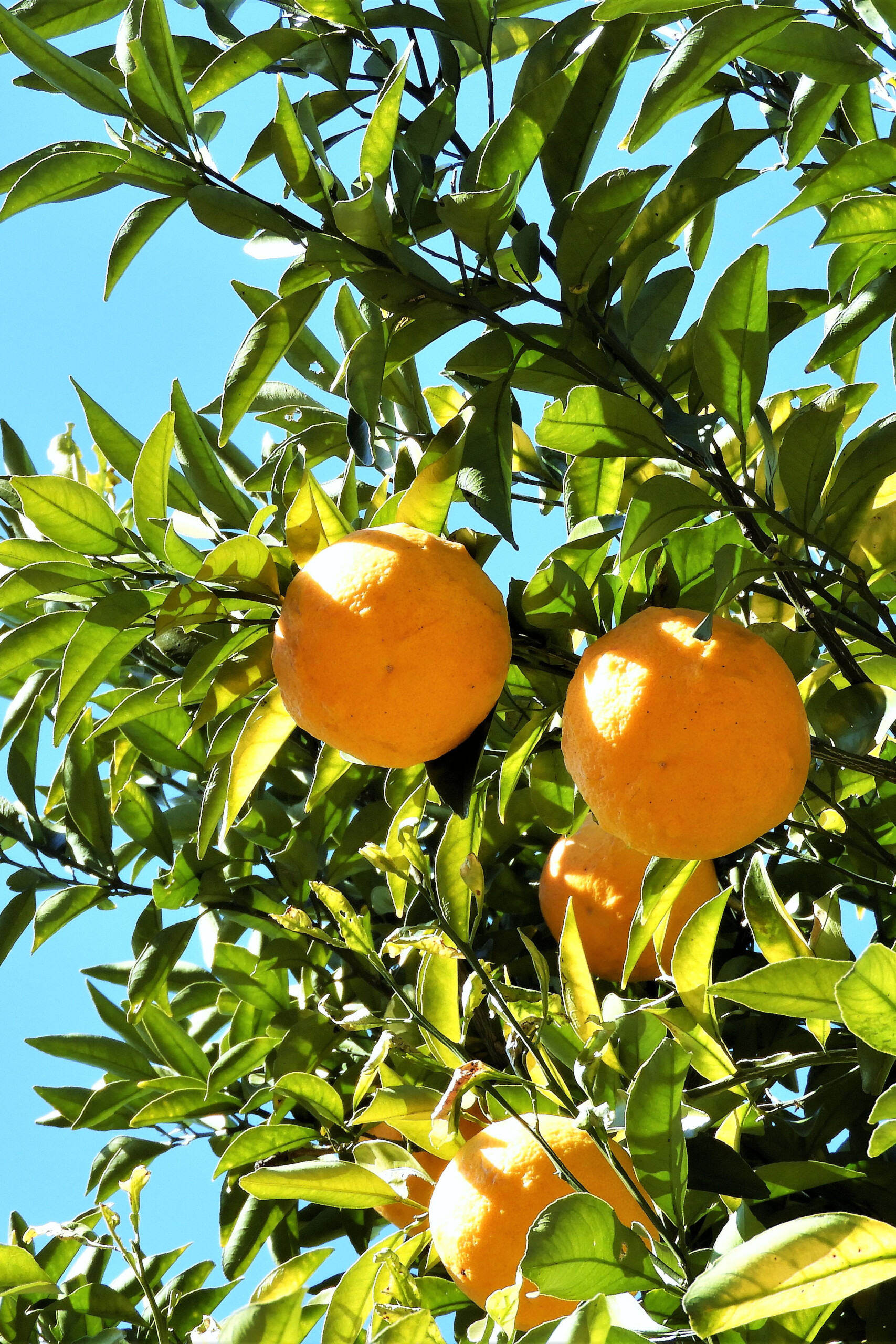
One of the most common questions regarding citrus is how much cold weather they can withstand before they are killed. Most citrus growers are looking for a specific low temperature, but there is no simple answer to this question because there are so many factors involved in citrus cold hardiness. This publication details research and information on the relative cold hardiness of different citrus varieties in Georgia documented from the 2022 December freeze, which saw unseasonably low temperatures. It is important to document the impact of a freeze such as this one on citrus varieties as they are a long-term investment and should be chosen carefully. Additional authors include: Danielle Williams, Mark Frye, Derrick Bown, Jason Edenfield, Justin Shealey, Ben Reeves, Holly Anderson, Tucker Price, Braxton Crews, and Kim Post.
Jacob Price, Brian Hayes, Aubrey Shirley, Sydni Ingram, and Jackson Cloud
|
-
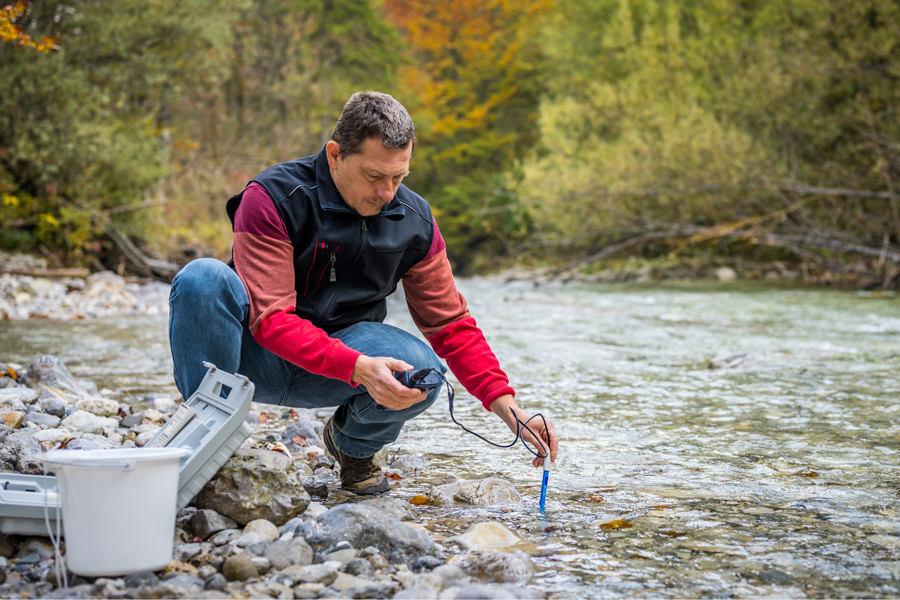
B 1242-2
Total Maximum Daily Loads in Georgia
A total maximum daily load (TMDL) is a calculation of the maximum amount of a pollutant that a water body can receive and still meet water quality standards. This publication contains comprehensive information about total maximum daily loads in Georgia, including their importance and how to establish an implementation plan.
Gary Hawkins
|
-

B 1242-3
Georgia’s Water Quality Standards
The Environmental Protection Division (GAEPD) of the Georgia Department of Natural Resources (GADNR) is responsible for setting and enforcing water quality standards. The goals of establishing these standards are to “provide enhancement of water quality and prevention of pollution; to protect the public health or welfare in accordance with the public interest for drinking water supplies, conservation of fish, wildlife, and other beneficial aquatic life, and agricultural, industrial, recreational, and other reasonable and necessary uses and to maintain and improve the biological integrity of the waters of the State.” This publication contains comprehensive information about Georgia’s water quality standards and what the public should know about bodies of water that do not meet these standards.
Gary Hawkins
|